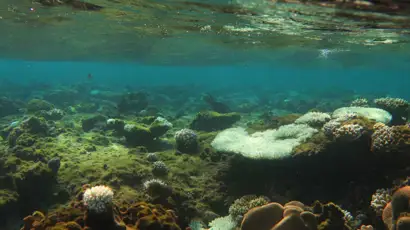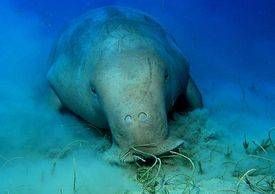Every diver is acutely aware of the potential risks connected with wreck diving. However, equally significant threats exist to wrecks from diving activities. The very execution of a dive on a wreck can cause detriment to the integrity itself. There are two major activities that are negative to wrecks and that is of anchoring and the other is from a diver.
Improper mooring or anchoring can lead to destruction or collapse on any part of the structure of a wreck. The impact of mooring directly onto a wreck is increased by local environmental conditions, such as a strong current and wind. A live aboard diving vessel can weigh up to 400tonnes – the weight of this placed directly onto the superstructure of a decomposing wreck can have terrible consequences!
Quality of a wreck depends on both its biological and historical attributes. The movement of divers, especially if there isn’t much elbowroom, can cause damage to the wreck itself and to the marine life who have found shelter and home within the structure. Although accidental, direct hits (which might break corals or cause matter to fall down from the wreck’s wall) or side effects, such as the alteration of sedimentation processes taking place within the wreck can alter life on the artificial reef dramatically.
Intentional removal of parts, accessories or elements of the wreck is a crime: relic or souvenir hunting is a behavior that is absolutely not acceptable and disapproved by the entire diving community.
Divers must breathe underwater to survive. However, the constant exhalation of air bubbles creates an accumulation of air inside the wreck which acts as a catalyst to the erosion/corrosion process. Eventually, this will cause massive internal damage.
In 2007, HEPCA and its members denounced the unsustainable traffic and use of the wreck by officially launching the “Saving our Wrecks” campaign. It was time for a change, for a new vision which would have allowed for the enjoyment of divers but whilst preventing the continuous and excessive abuse of her treasures. The aim of the campaign was to manage an exaggerated and unregulated traffic which would have led, inexorably, to her destruction.
To avoid this catastrophic scenario, HEPCA and supporters started with the S.S. Thistlegorm, one of the top dive sites, closing the wreck for a month, in November 2007, to allow the realization of conservation interventions decided by common accord with the operators.
All these interventions and that of the wrecks of Rosalie Moller and the M/V Hebat Allah are part of HEPCA's campaign ‘Saving our Wrecks.’ An integral part of the campaign is to support the dive guides, operators, and even guests to monitor consistently to ensure proper use of the mooring systems and report any irregularities or damages to the wrecks.
As natural wear and tear is inevitable on the wrecks, it is important to report any violation to any of our Red Sea sunken treasures and be a part of just another ongoing effort the Red Sea community works on together to safeguard its resources.
S.S. Thistlegorm and Rosalie Moller
The S.S. Thistlegorm and the Rosalie Moller were first in this dedicated intervention in 2007 and 2008, respectively. Conservation work on the former, probably the most famous wreck in Red Sea, stirred up a hornet’s nest that resulted in huge hype and extended exposure in the international diving media. It has not been easy to realize the preservation plan, nor to make it universally understood: “Many dive operators consider th





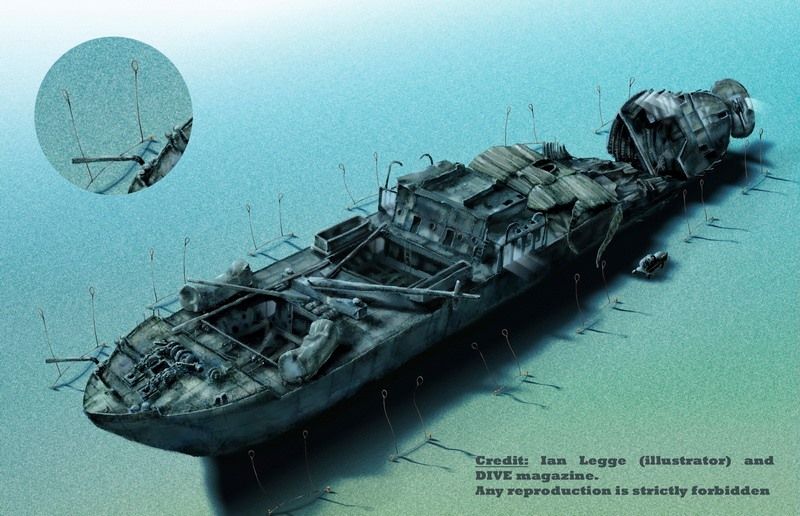
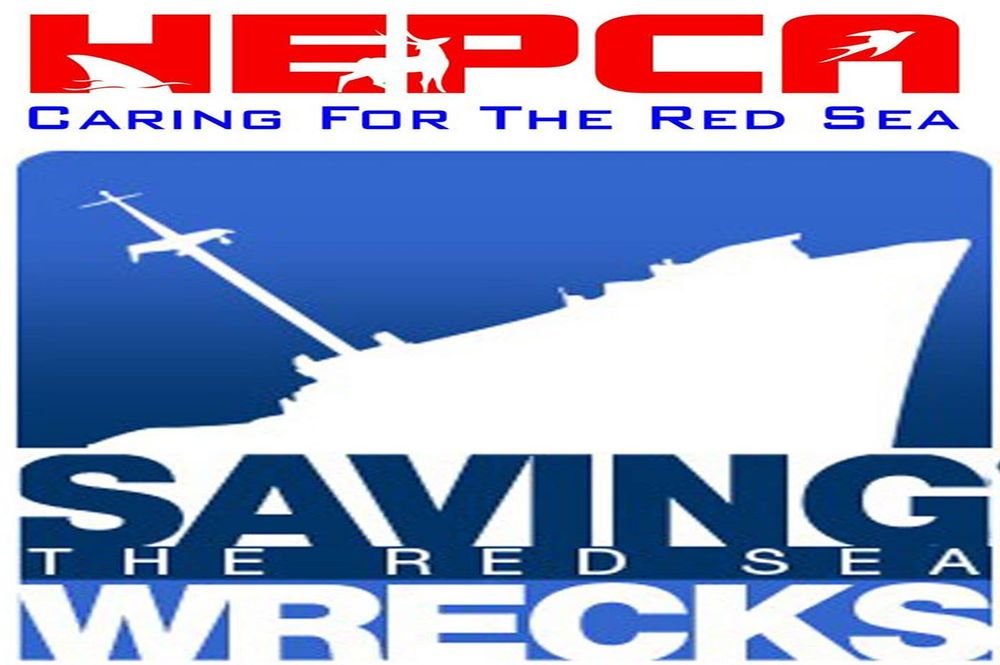



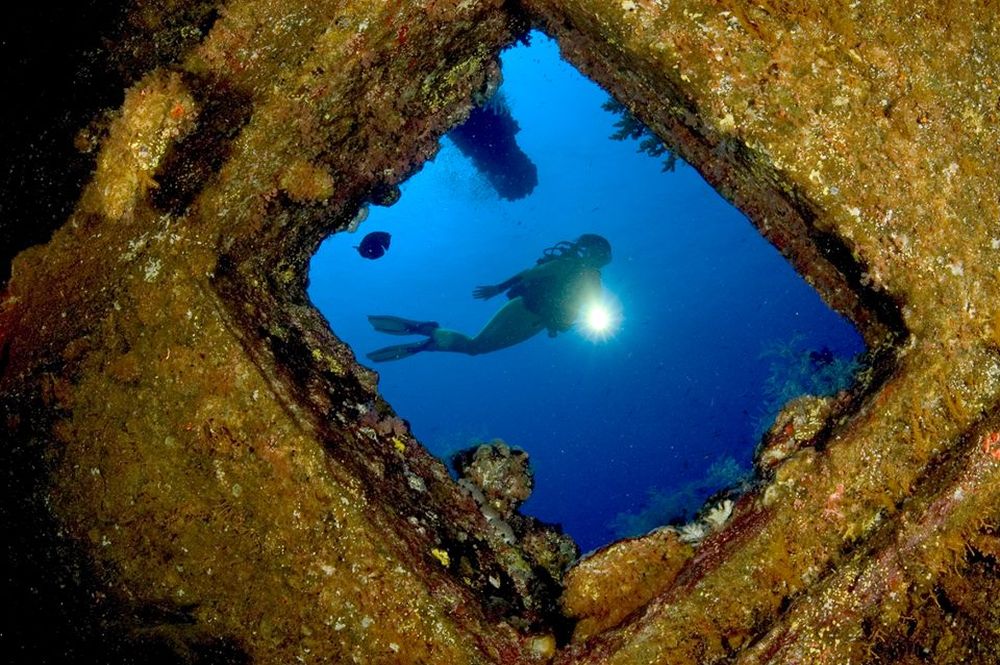
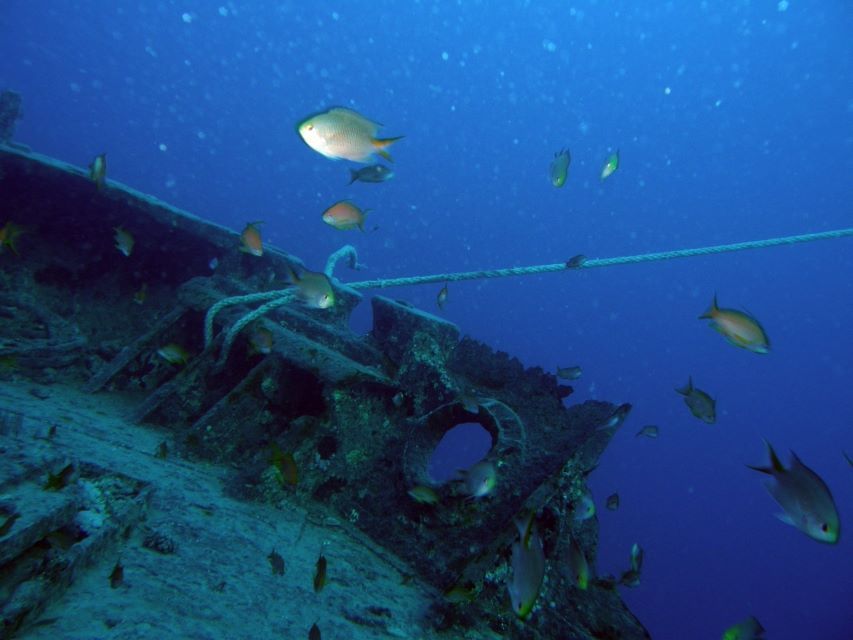
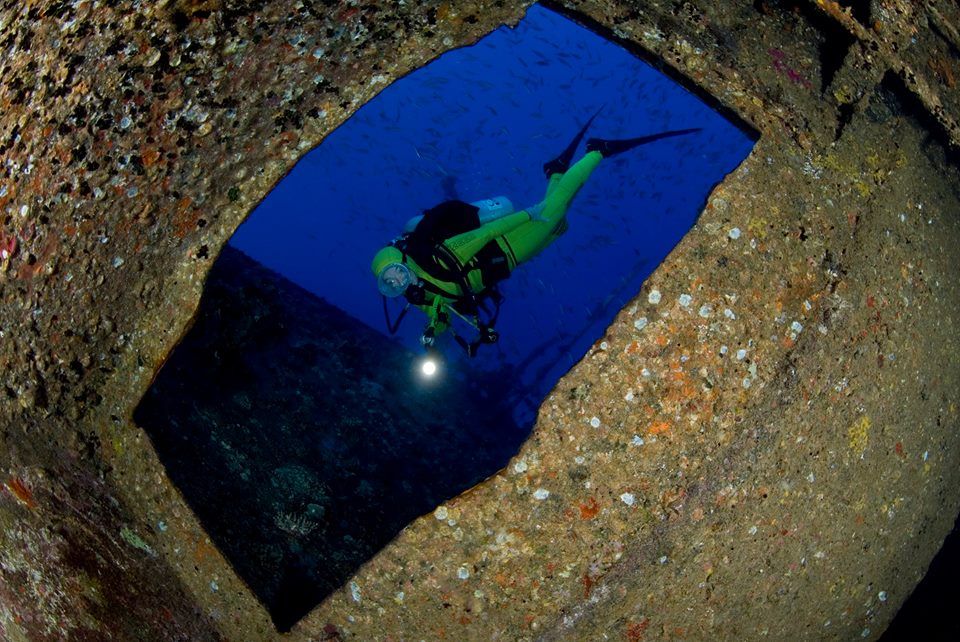
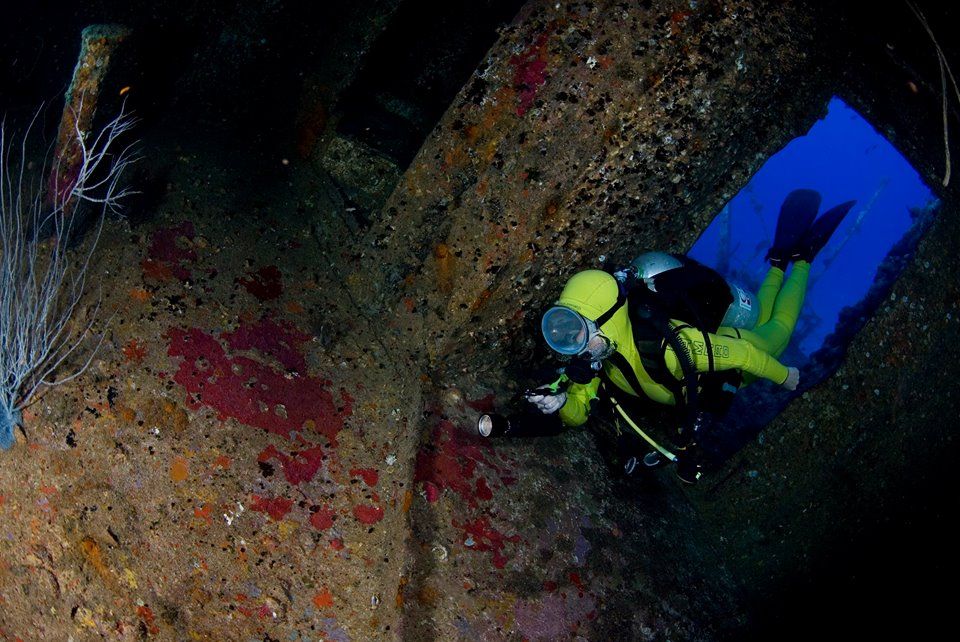
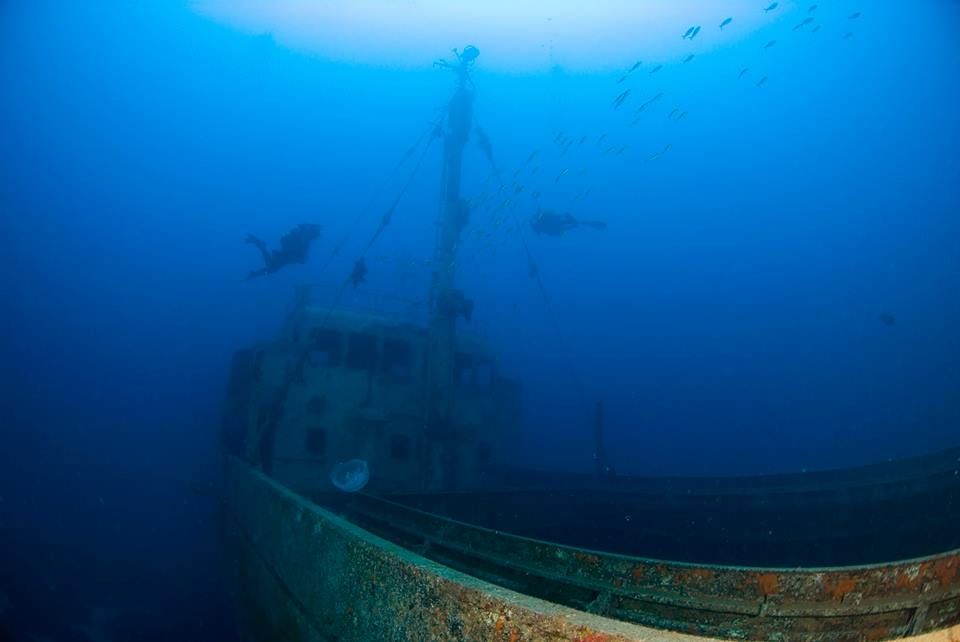
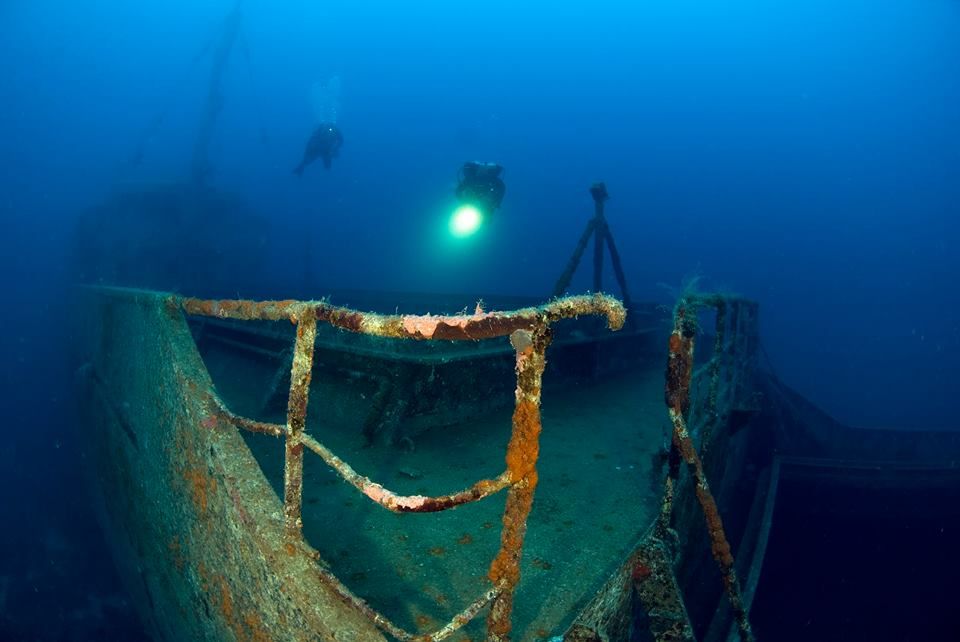
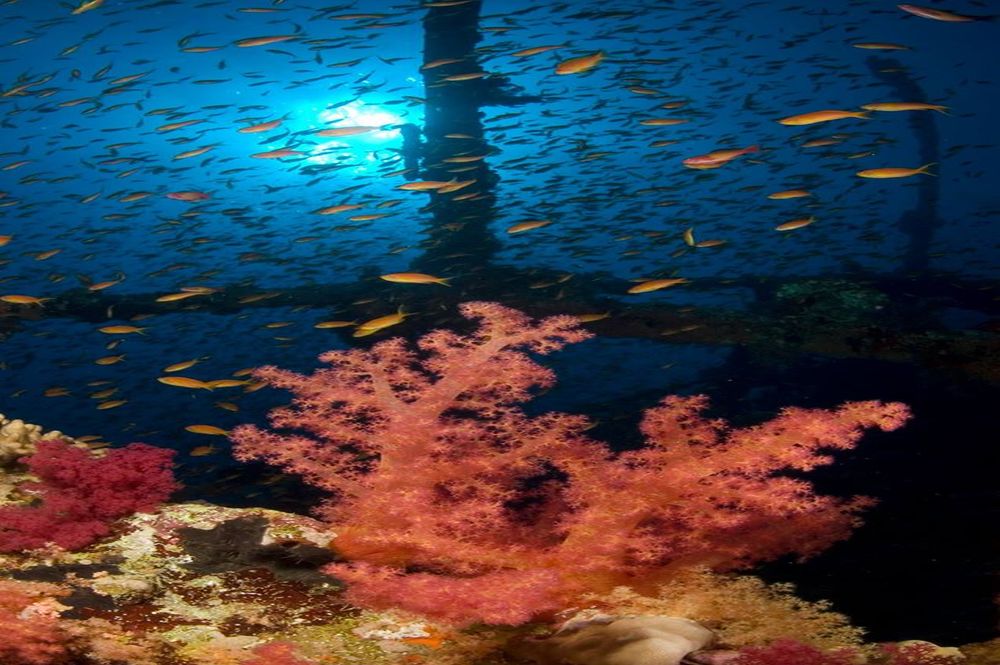
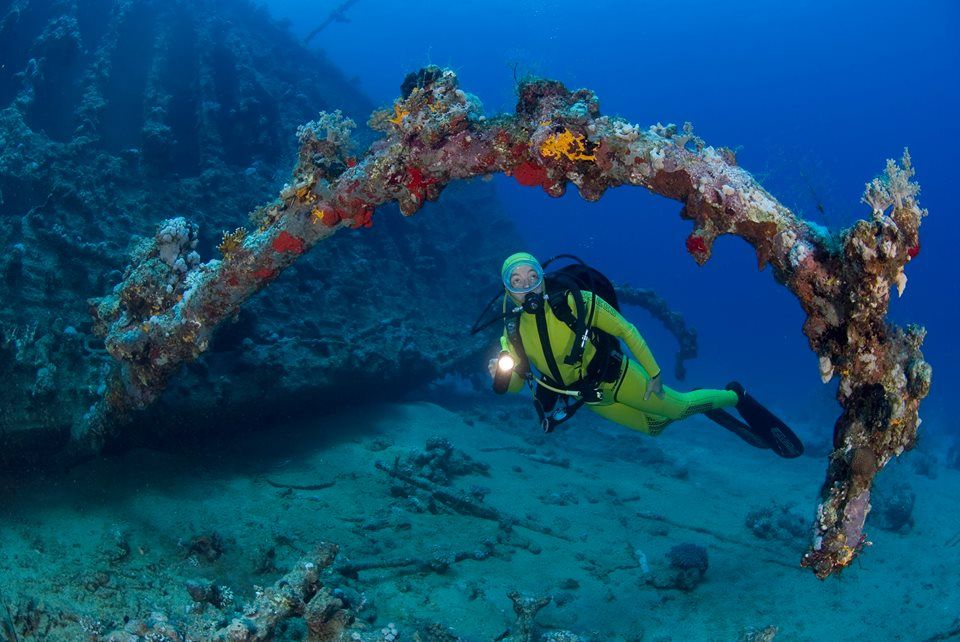
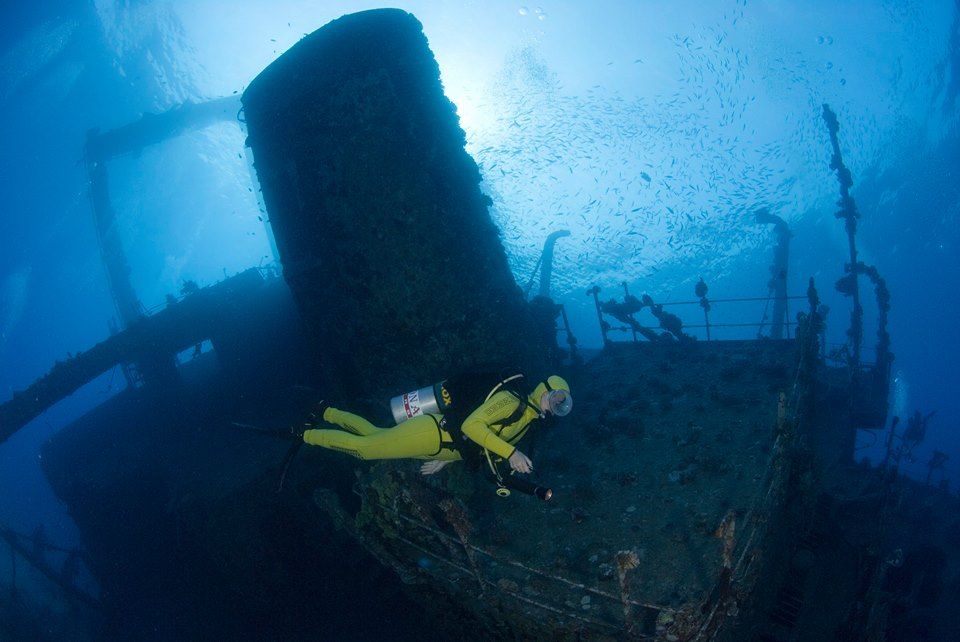
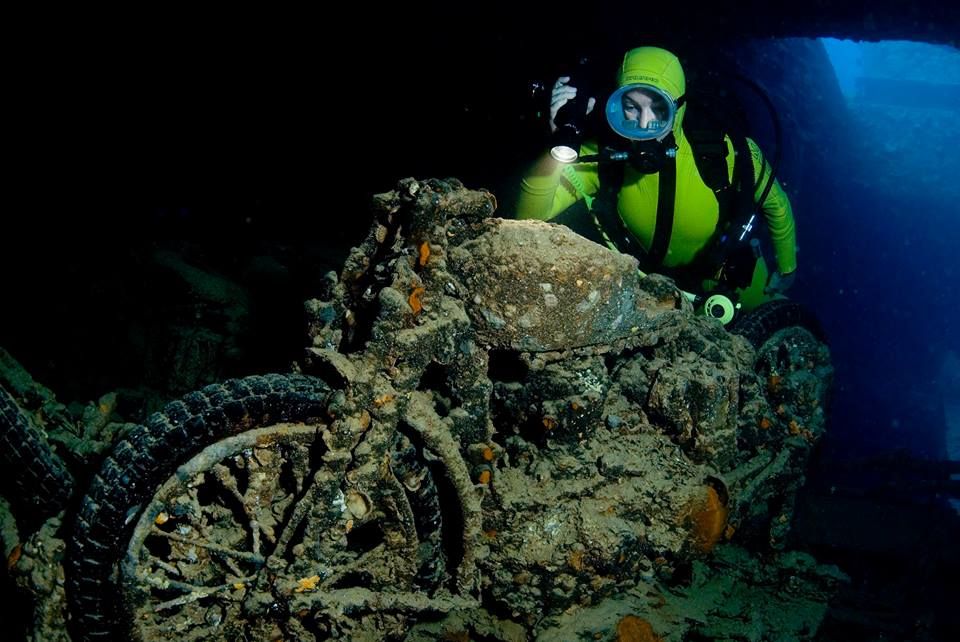

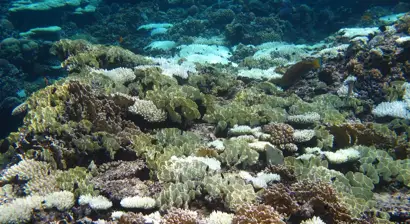
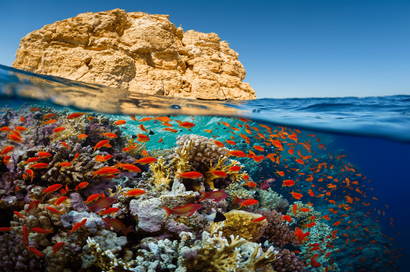
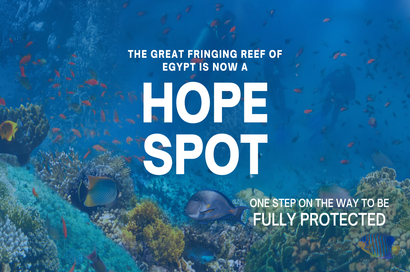
 - frame at 0m12s_lg.webp)
